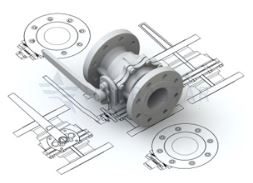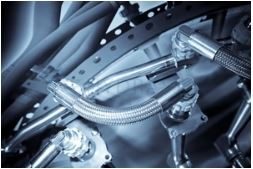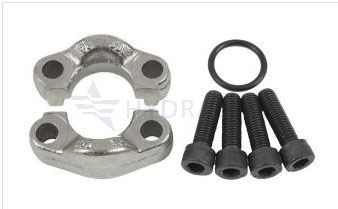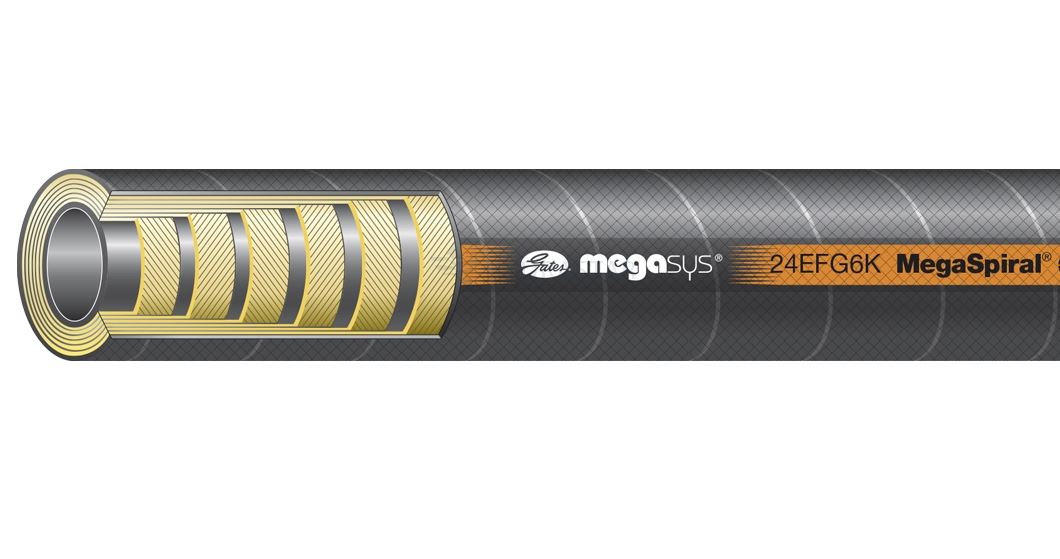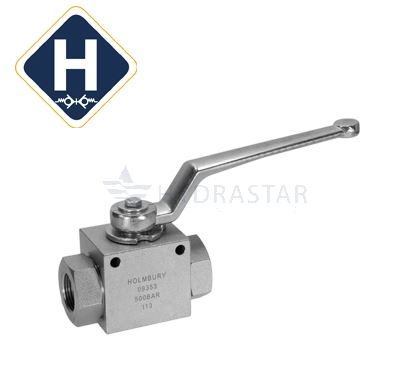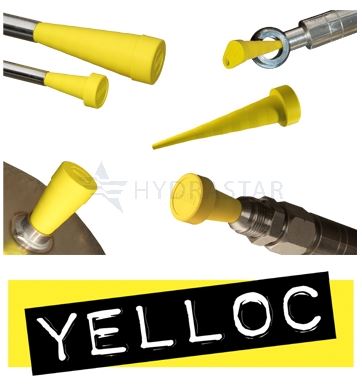Since its patent in 1930, fibreglass has established itself as a major component in several industries, such as buildings and infrastructure, transport, electricity and electronics, and industrial equipment. Fibreglass owes its impressive...
How To Top Up Your Hydraulic Fluid Tank
Topping up the hydraulic reservoir is a vital piece of routine maintenance, because - if it is not done correctly - the ramifications are severe. A sure sign of a leaking system...
Why Your Hydraulic System Should Be Kept Free Of Air
Generally speaking, hydraulic oil pollutants are classed as substances that prevent the fluid from working properly. Air is one such substance, so when it finds its way into the oil, remedial action...
Optimism Remains High in the Hydraulics and Pneumatics Industry Despite Lockdown
The UK lockdown to combat Coronavirus (COVID-19) has affected the hydraulic and pneumatics industry as much as any other. Nevertheless, there are some great, positive news stories breaking through in the world...
3 Hydraulic Design Trends You Can’t Afford to Miss This Year
Despite having been around for centuries, Hydraulic engineering is still dynamically evolving. Innovations and improvements emerge all the time. New products make hydraulic equipment smarter, smoother, and more powerful. The rise of...
6 Ways To Identify A Flange
Identifying a flange is one of the challenges anyone dealing with hydraulic systems faces. The importance of these parts is often overlooked. However, their reliability is vital to the system’s integrity. In...
6 Things To Look Out For When Selecting The Right Industrial Hose
Your system is only as durable as your weakest industrial hose. This statement works for any system and equipment that uses hoses. Even though hoses may look the same, they are highly...
A Quick Guide To Ball Valves
A ball valve is a simple, two-part, chambered control valve commonly used in hydraulic, pneumatic, and liquid plumbing systems. Ball valves are used to shut off the flow of liquid or gas,...
What Are Service Plugs And What Features Should I Look For In One?
A service plug is a resistant device that can be placed in an open hydraulic pipeline or chamber inlet or outlet to stop leaks, spillages, and unintentional drainage. They are used when...
4 Effective Ways To Improve The Efficiency Of Your Pneumatic System
Improving the efficiency of your pneumatic system is central to minimising your manufacturing costs. Improving compressed air efficiency can cut electricity consumption by up to 50%: a significant saving for manufacturing companies!...




